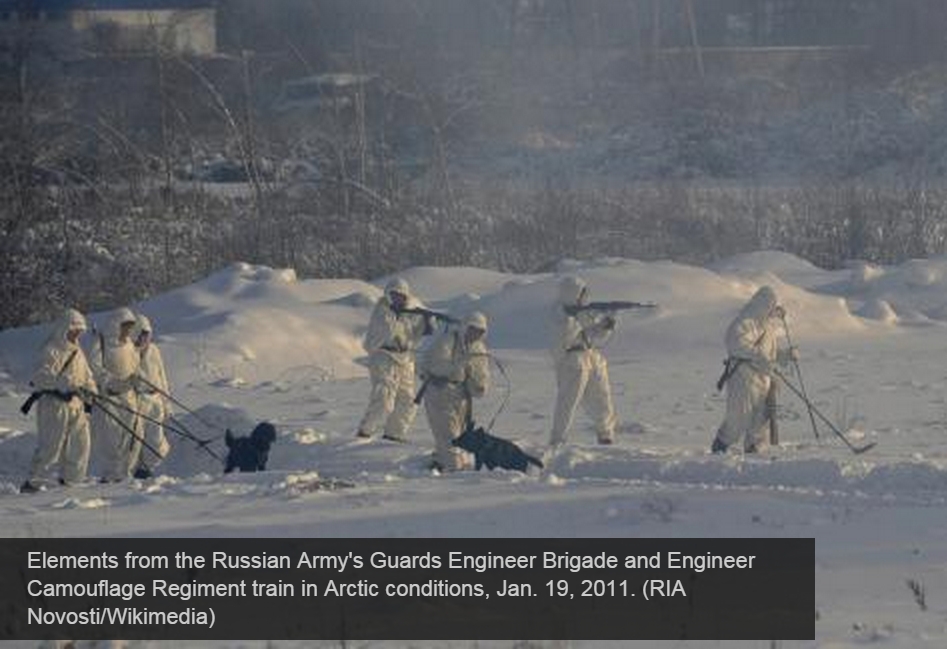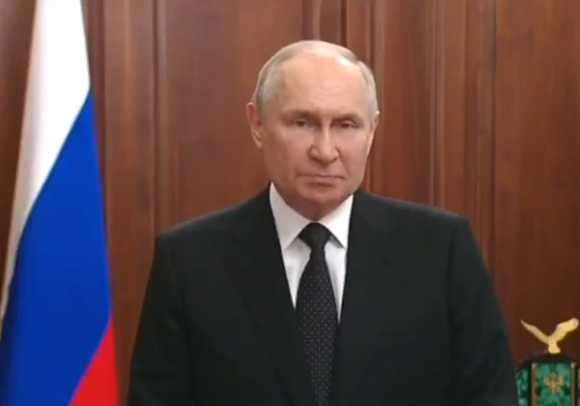Russia launched an overnight drone attack on Ukraine, with 17 of the unmanned vehicles directed to locations in northern, central and western Ukraine, Ukraine’s air force said Saturday.
The Ukrainian air force said it was able to shoot down 15 of the 17 Iranian-made Shahed drones. It was not clear what happened to the two drones that were not shot down.
Ukraine meanwhile hailed a U.S. decision to allow allies Denmark and the Netherlands to send F-16 fighter jets to Ukraine.
Ukrainian Defense Minister Oleksii Reznikov called the development Friday “great news from our friends in the United States.”
It was not immediately clear when Ukraine might receive the jets, and Ukrainian pilots will need extensive training before they can fly them.
The fighter jets are not likely to affect the trajectory of the war anytime soon, according to U.S. officials.
Air Force General James Hecker told reporters at a virtual meeting with the Defense Writers Group on Friday that there are no prospects currently for either Ukraine or Russia to gain the upper hand in the air.
“I don’t think anyone’s going to get air superiority as long as the number of surface-to-air missiles stay high enough,” Hecker said, responding to a question from VOA.
Hecker, commander of U.S. Air Forces Europe and U.S. Air Forces Africa, did note that if Ukraine runs out of its integrated air and missile defense ammo, “then it becomes a problem.”
“Both Ukraine and Russia have very good integrated air and missile defense systems,” he said. “That alone is what has prevented [Russia or Ukraine] from getting air superiority.”
In a post on X, the platform formerly known as Twitter, Dutch Foreign Minister Wopke Hoekstra said: “We welcome Washington’s decision to pave the way for sending F-16 fighter jets to Ukraine.”
Camp David
At a trilateral summit Friday, the leaders of the United States, Japan and South Korea pledged to “stand with Ukraine against Russia’s unprovoked and brutal war of aggression.”
Meeting at the U.S. president retreat of Camp David, U.S. President Joe Biden, Japanese Prime Minister Fumio Kishida and South Korean President Yoon Suk Yeol said their countries would continue to provide assistance to Ukraine.
They also pledged to continue their sanctions on Russia and to accelerate their countries’ “reduction of dependency on Russian energy.”
Kishida said “the free and open international order based on the rule of law is in crisis,” and pointed the blame at Russia’s invasion of Ukraine, the continuing North Korean nuclear and missile threats, and a “unilateral attempt to change the status quo by force in the East and South China Seas” — referring lastly to China.
Ukraine grain
Romania’s Black Sea port of Constanta has emerged as the best shipping route for Ukraine’s grain exports since Russia left the U.N.-brokered Black Sea grain deal, leaving ships traveling the Black Sea corridor vulnerable to Russian attacks.
“We hope that over 60% of the total volume of Ukrainian grain exports will transit Romania,” Romanian Prime Minister Marcel Ciolacu said after meeting Ukrainian Prime Minister Denys Shmyhal in Bucharest.
Constanta has been one of the best alternative seaports for Ukrainian grain shipping even before the Black Sea grain deal was canceled.
Ukraine exported 8.1 million metric tons of grain through Constanta in the first seven months of this year, and 8.6 million metric tons throughout 2022.
While Romania is looking at boosting the transit of Ukrainian grain through Constanta to international markets, it is also looking at ways to protect local farmers from a surge of Ukrainian grain that could depress local grain prices.
Protests from farmers in Romania and four other eastern EU countries prompted the EU to approve temporary trade restrictions of Ukrainian grain imports to the nations.
The import ban expires Sept. 15, and the five states have asked for it to be extended, at least until the end of the year.
Climbing casualties
The number of Ukrainian and Russian troops killed or wounded since Russia’s invasion of Ukraine in February 2022 is nearing 500,000, The New York Times reported Friday, citing unnamed U.S. officials.
The officials cautioned that casualty numbers are not accurate because Moscow is believed to routinely underreport its war dead and injured, and Kyiv does not provide official figures, the newspaper said.
However, the newspaper estimated that Russia’s military casualties are approaching 300,000, including as many as 120,000 deaths and 170,000 to 180,000 injuries. Ukrainian deaths were close to 70,000, with 100,000 to 120,000 wounded, it said.
The Times cited the officials as saying the casualty count had risen after Ukraine began its counterattack earlier this year.
The Ukrainian military on Thursday claimed gains in its counteroffensive against Russian forces on the southeastern front. Kyiv said its forces had liberated the village of Urozhaine, about 90 kilometers north of the Sea of Azov and about 100 kilometers west of Russian-held Donetsk city.
The advance is part of a drive toward the Sea of Azov and an effort to split Russia’s occupying forces in half.
However, Kyiv says its counteroffensive is advancing more slowly than it had hoped for because of vast Russian minefields and heavily fortified Russian defensive lines.
“Nothing ever goes as well as you would hope. They put mines everywhere. In a square meter, they’re [Ukrainian soldiers] finding five and six mines,” U.S. Air Force General James Hecker said Friday.
U.N. Correspondent Margaret Besheer and VOA National Security Correspondent Jeff Seldin contributed to this story. Some information for this report came from The Associated Press, Agence France-Presse and Reuters.
[content id=”52927″][content id=”79272″]








